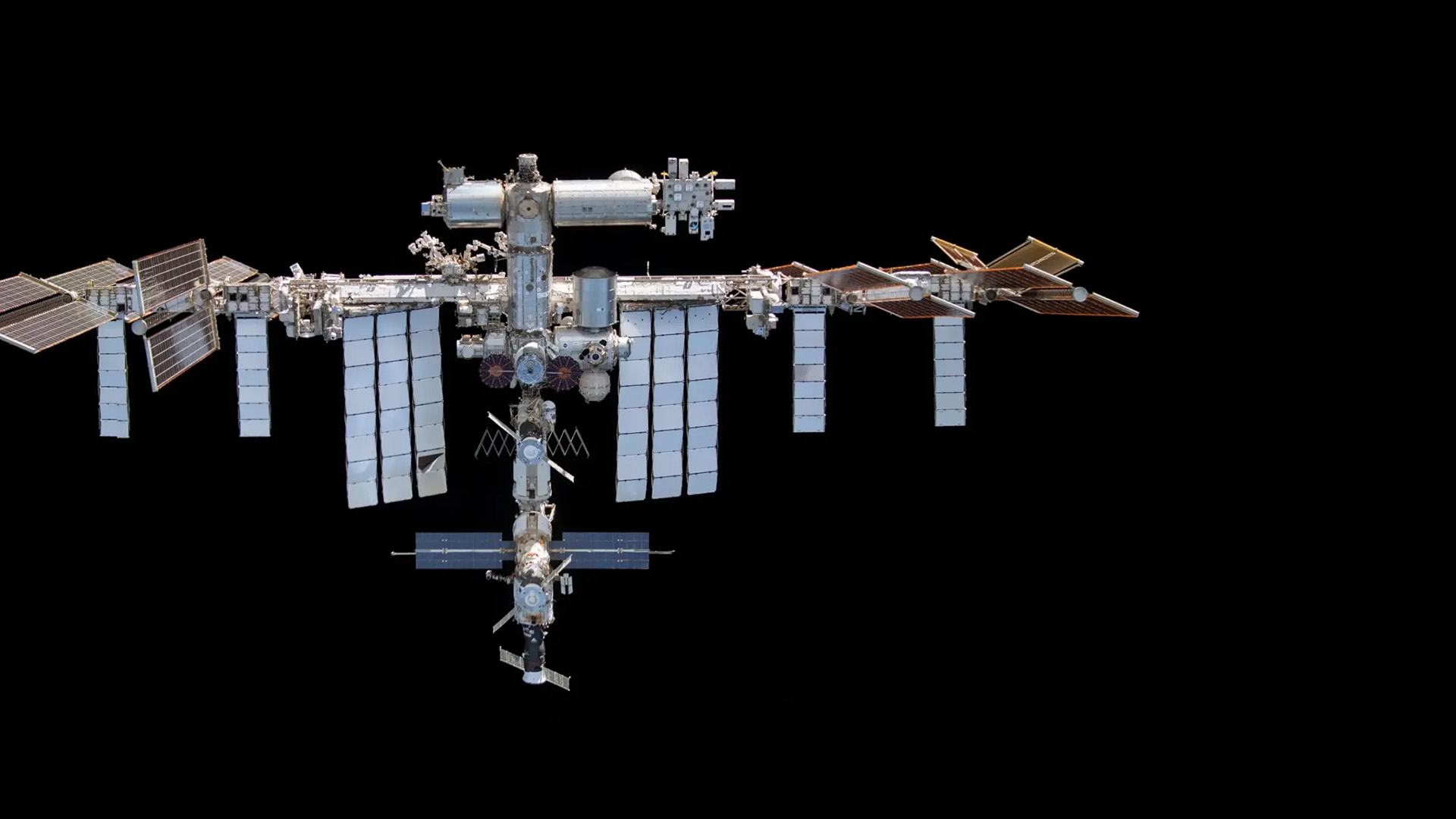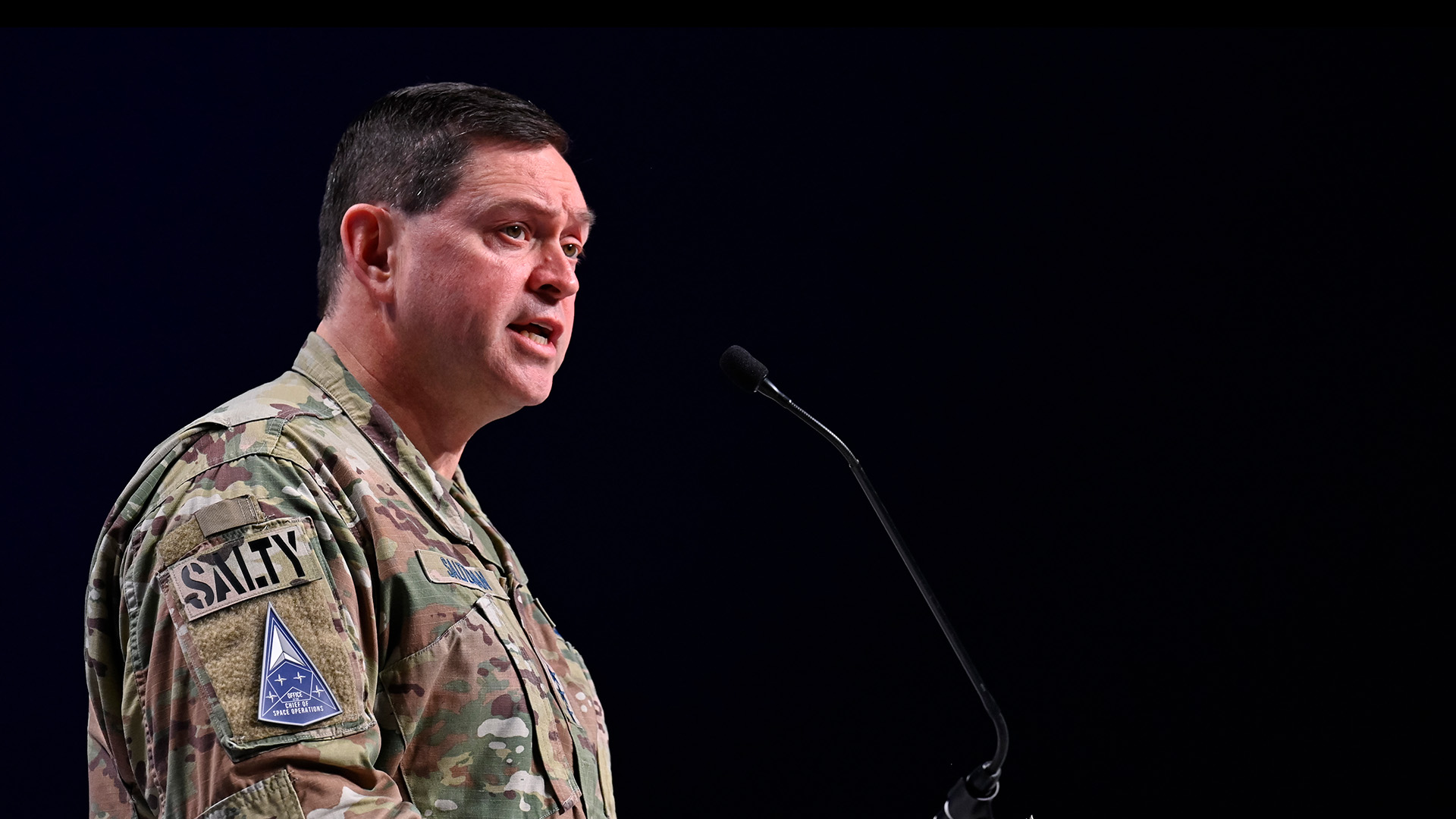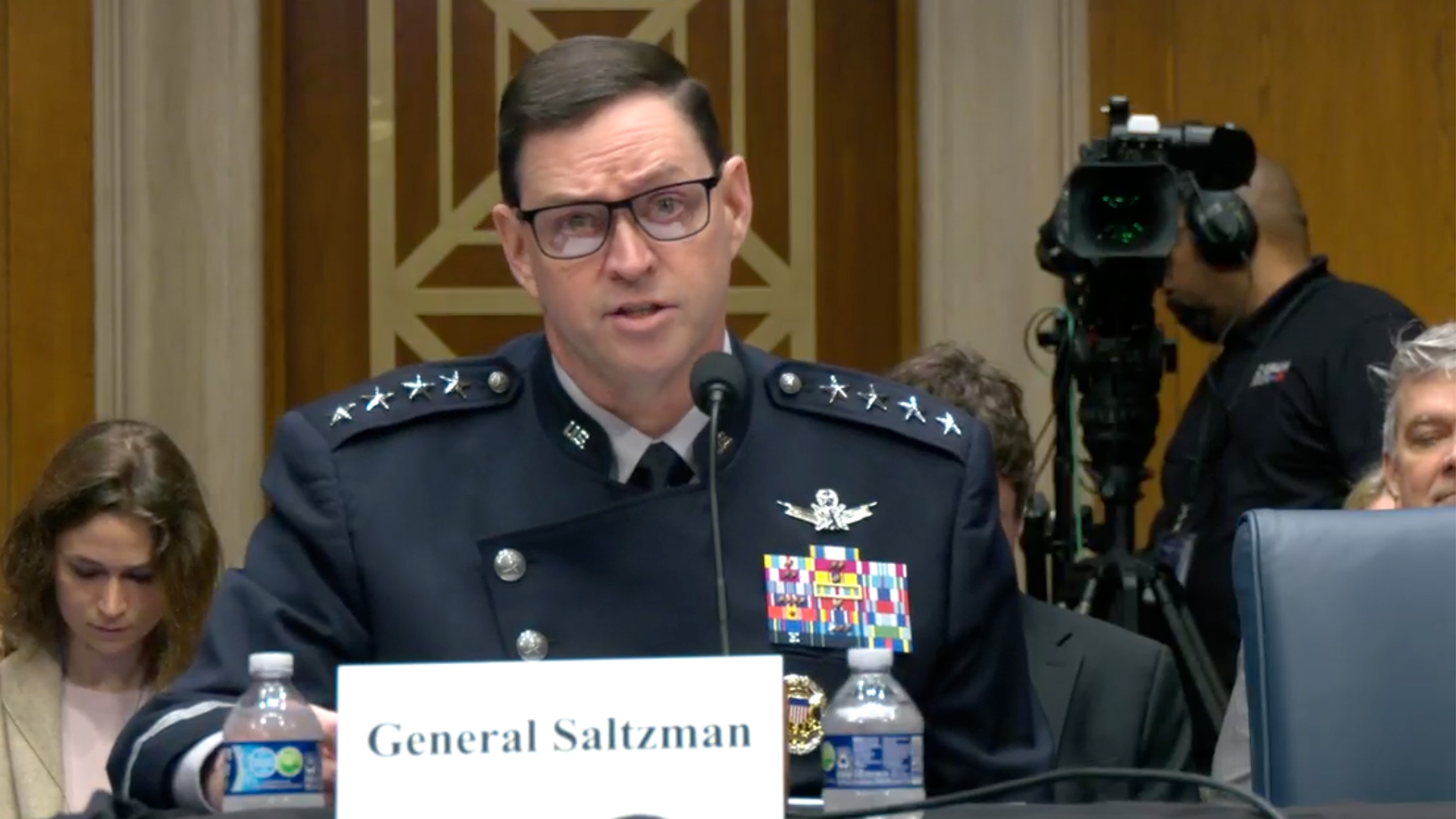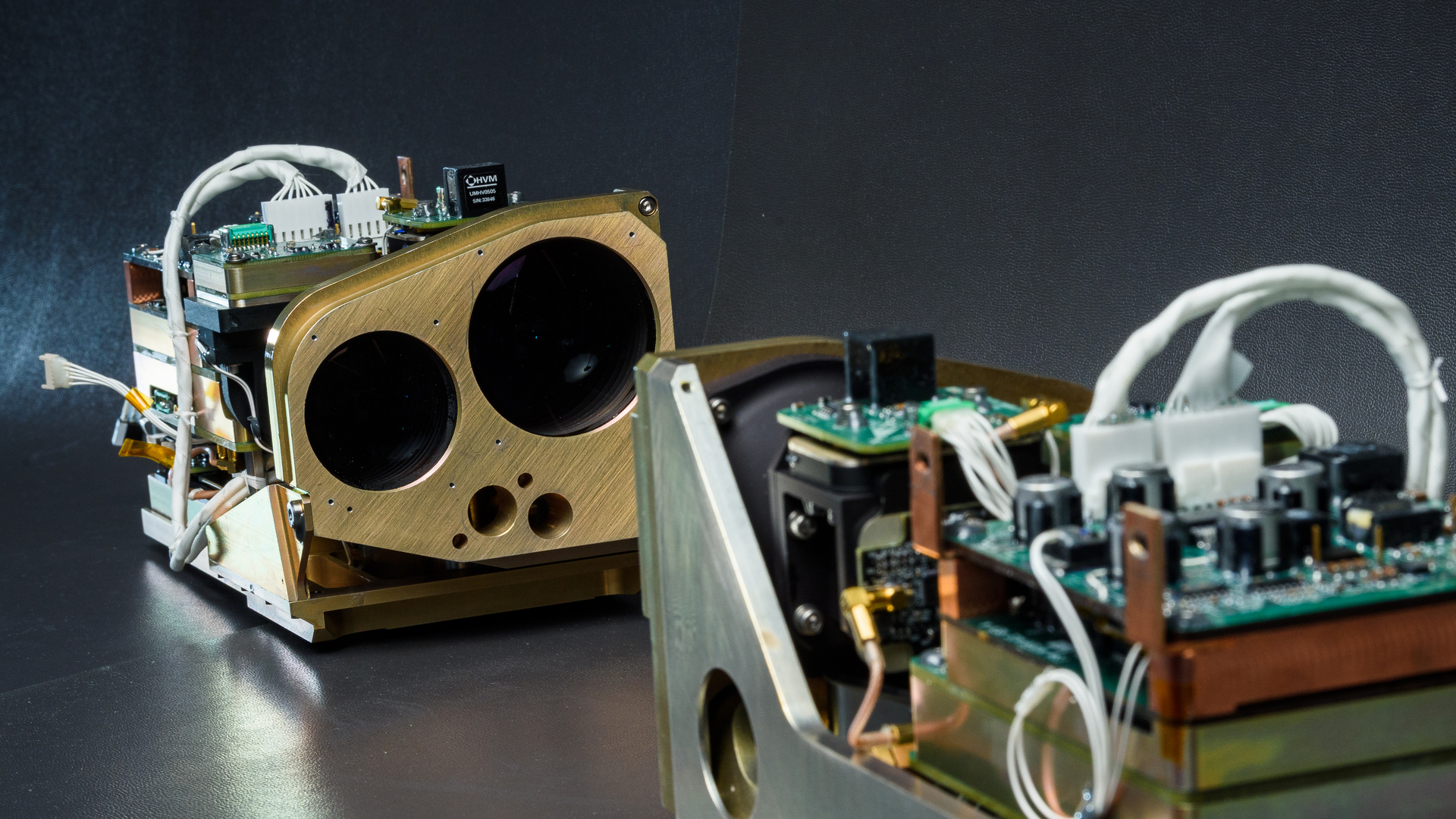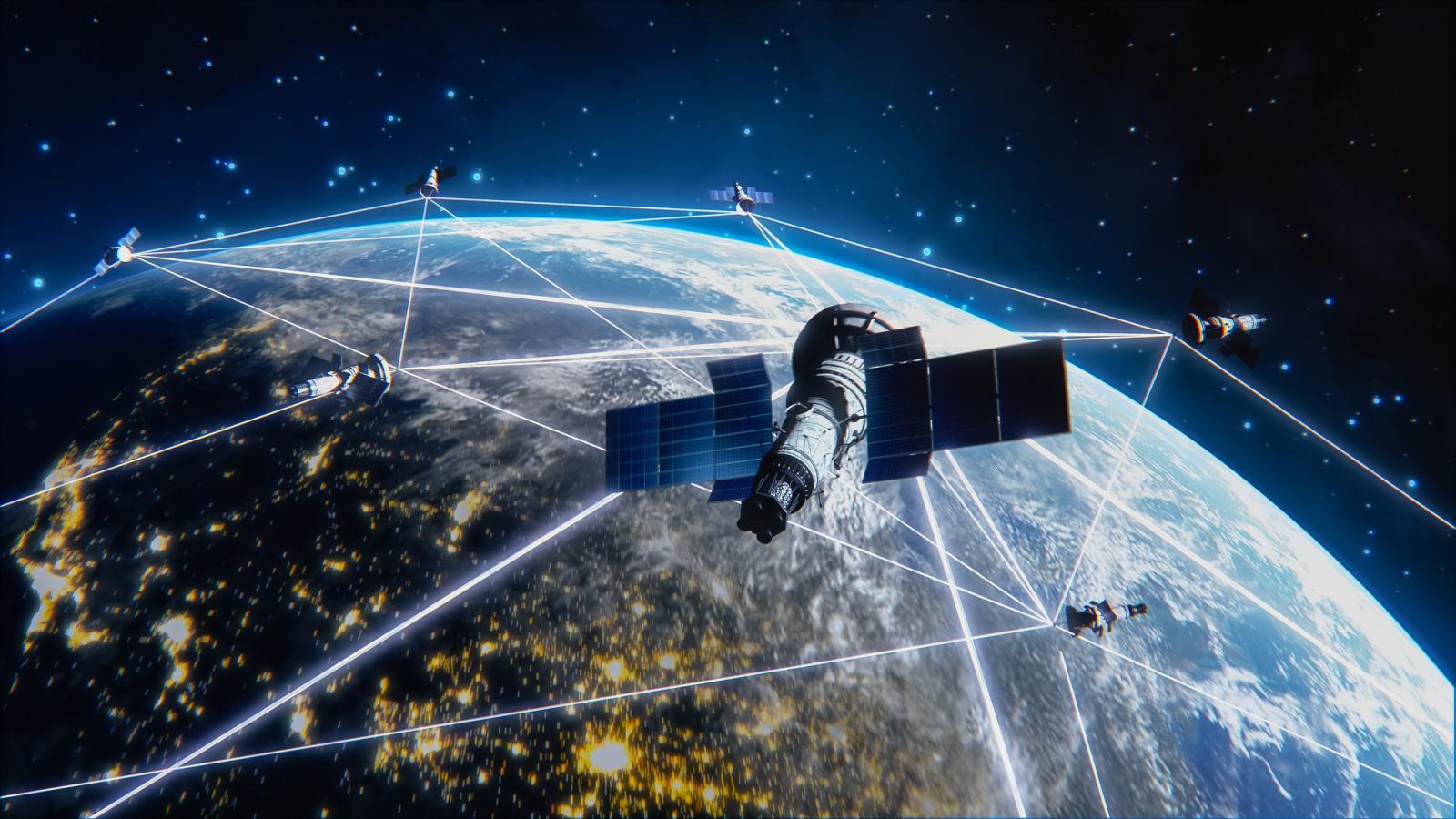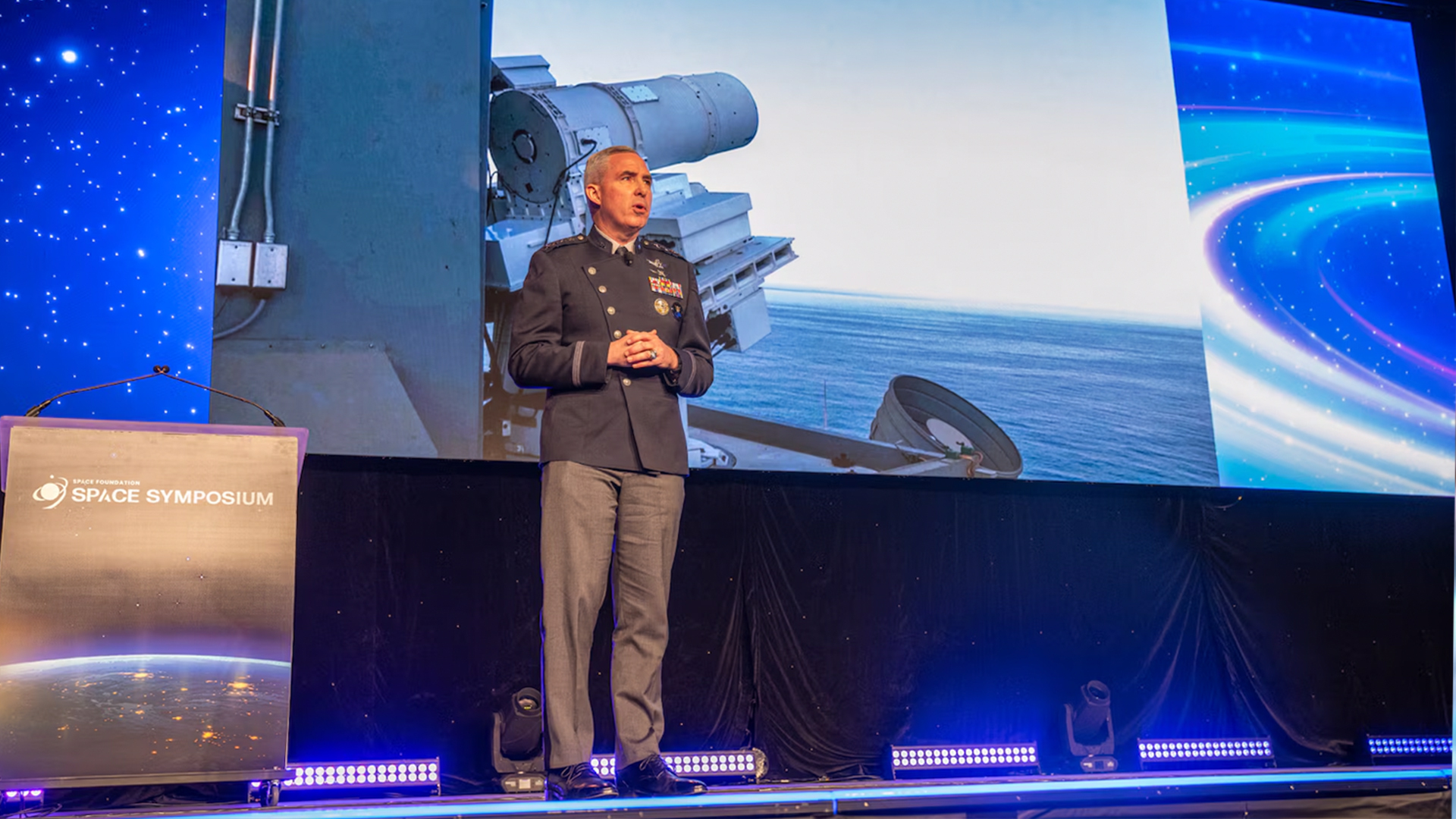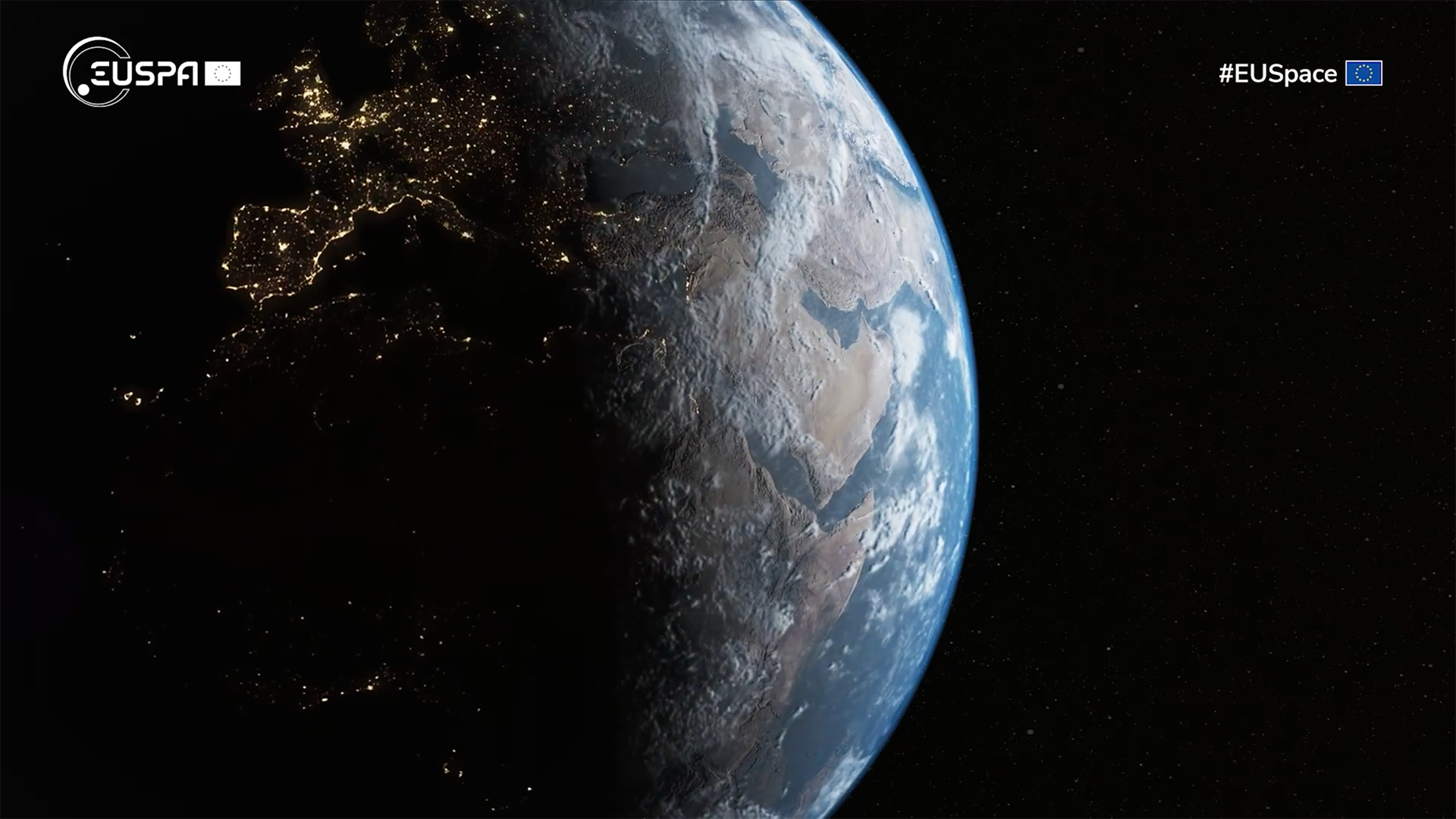These will be the fifth and sixth private astronaut missions, or PAMs, to the ISS, which are part of a broader low Earth orbit commercialization effort by NASA. The ultimate goal is to replace the ISS with one or more commercial stations.
From Support to ‘Warfighting’: Space Force Releases First ‘Capstone’ Operations Doctrine
The Space Force’s Doctrine Document 1 (SFDD-1) officially puts into action the two-year campaign by Chief of Space Operations Gen. Chance Saltzman to refocus the service’s traditional mission of providing critical support functions to the rest of the US military toward waging war “in, from and to space.”
US Space Force Chief: China’s Capabilities in Orbit a ‘Destabilizing Force’
Gen. Chance Saltzman told the U.S.-China Economic and Security Review Commission that Beijing’s space ambitions constitute a “powerful destabilizing force” in the increasingly contested domain. Of particular concern, he said, is China’s growing arsenal of counterspace weapons.
Seeing the Light: Cubesats Share Optical Data
In a breakthrough, Aerospace demonstrated optical intersatellite links between cubesats using commercial off-the-shelf parts. Darren Rowen, director of the Small Satellite Department, said satellites that share optical data are typically “hundreds or thousands of times bigger. Doing it on a smaller scale brings down the cost and is an enabler for a wide variety of applications.”
Space Force Announces ‘Orbital Watch’ Program to Share Intelligence With Commercial Sector
Space Systems Command said the new program will distribute unclassified threat data to more than 900 space companies registered through the command’s Front Door portal, regardless of whether they hold government contracts or security clearances.
The US Needs ‘Weapons in Space,’ SPACECOM Head Says
At Space Symposium, Gen. Stephen Whiting for the first time openly called for weapons to be deployed in space. “Weapons in space used to be considered inconceivable, but now space-based interceptors are a key component of how we win. […] Dominant warfighting in space requires credible, acknowledged, kinetic and non-kinetic capabilities, fires and weapons.”
How to Accelerate US Space Acquisition and Outpace Threats
In a SpaceNews essay, Aerospace President and CEO Steve Isakowitz suggests ways to rapidly onboard commercial start-ups and non-traditional national security companies: Set requirements that enable leapfrog capability, develop with speed from the start, and ensure warfighter access to timely, integrated data from multiple sources.
Forging End-to-End Connections that Strengthen U.S. Leadership in Space
Aerospace aligns stakeholders across the space enterprise to advance the
National Security Space Launch program mission.
Preparing for the EU Space Act and its Potential Influence on the Future of Space Traffic Management
When the EU Space Act goes into effect, the law will change the trajectory of the global conversation about how to protect the sustainability of space: from an emphasis on voluntary approaches—favored by the U.S.—to more mandated, legally binding solutions.
The State of ISAM 2025
Lower launch costs and the projected volume of new hardware being sent to space, have ISAM companies confident that their commercial success is just around the corner. And commercial rendezvous and proximity operations (RPO), which are necessary for satellite life extension and deorbit missions, have been demonstrating their capabilities on orbit for years.

